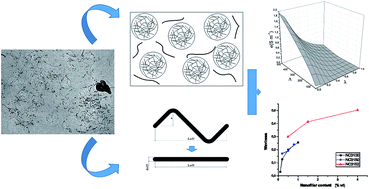To date, most analytical models used to calculate electrical conductivity in carbon nanotube (CNT) reinforced nanocomposites are not able to predict electrical properties for contents much higher than the percolation threshold. This is because these models do not take into account many critical factors, such as nanotube waviness, dispersion state and process parameters. In the present paper, a novel analytical model based on an equivalent percolation threshold concept, valid for all CNT contents, is developed for this approach. To achieve this, the influence of all these factors has been investigated and several experimental tests have been conducted in order to validate the model. The electrical conductivity varies by several orders of magnitude depending on the value of these parameters, increasing with carbon nanotube content and aspect ratio and decreasing with its waviness. From experimental data, it is found that the waviness increases with carbon nanotube content. Besides, functionalization also causes a local distortion of CNTs, producing more entanglement. When comparing two different dispersion procedures, calendering and toroidal milling, it is noticed that the first method has a greater stretching effect because the shear forces induced are much higher, causing the breakage of carbon nanotubes.

